- Introduction to home electric battery storage
and its growing importance
- Exploring technical advantages of modern storage solutions
- Comparative analysis of leading battery storage manufacturers
- Understanding pricing dynamics and market factors
- Customizing battery storage systems for diverse home needs
- Real-world case studies and application scenarios
- Conclusion: Home electric battery storage for a sustainable future

(home electric battery storage)
Introduction: The Evolution and Significance of Home Electric Battery Storage
The energy landscape is undergoing a transformative shift as more households embrace home electric battery storage. As residential solar adoption accelerates globally, battery storage systems are becoming the cornerstone for maximizing energy independence and mitigating grid reliance. Industry data shows that in 2023, over 1.5 million residential battery units were installed worldwide—a staggering 45% increase from the previous year. This surge is driven by rising energy costs, frequent power interruptions, and the ever-strengthening push for renewable integration. By enabling households to store excess solar power generated during the day and dispatch it during peak demand or outages, battery storage not only enhances energy resilience but also equips consumers with long-term economic benefits. Furthermore, intelligent storage technologies now allow homeowners to participate in demand response programs, offering an opportunity for revenue generation in deregulated energy markets.
Technical Advantages of Modern Solar Battery Storage Systems
Contemporary home solar system battery storage technologies represent substantial evolution from earlier lead-acid-based solutions. Leading-edge lithium-ion and emerging solid-state chemistries offer dramatic enhancements in energy density, safety, cycle life, and round-trip efficiency. For instance, the latest lithium iron phosphate (LiFePO4) batteries deliver up to 98% depth of discharge without accelerating degradation, compared to the 60-70% norm found in traditional batteries. Modern battery management systems (BMS) further optimize cell health, proactively balancing and protecting modules against overcharge, deep discharge, and thermal events. This not only ensures greater reliability but also reduces ongoing maintenance. Integration with smart inverters, IoT platforms, and AI-driven control algorithms enables adaptive charging, predictive load management, and seamless grid synchronization. These factors collectively empower homeowners to achieve substantial bill savings—sometimes up to 70% on annual electricity costs—while enjoying robust backup power during outages.
Comparing Leading Battery Storage Manufacturers
A discerning look at the industry’s top manufacturers is vital for selecting the right storage solution. Providers like Tesla, LG Energy Solution, BYD, Sonnen, and Enphase dominate the landscape through innovation, scale, and diverse product offerings. The following table highlights a comparative overview based on key technical and commercial factors:
| Manufacturer |
Model |
Usable Capacity (kWh) |
Round-trip Efficiency (%) |
Warranty (years/cycles) |
Estimated Retail Price (USD) |
Peak Power Output (kW) |
Notable Features |
| Tesla |
Powerwall 2 |
13.5 |
90+ |
10/Unlimited |
8,500 |
5.0 |
Storm monitoring, App integration |
| LG Energy Solution |
RESU16H Prime |
16.0 |
95 |
10/6,000 |
9,500 |
7.0 |
Modular, Compact, Safe lithium chemistry |
| BYD |
Battery-Box Premium HVS |
10-66 |
96 |
10/Unlimited |
10,000+ |
Up to 10.2 |
Scalable capacity, High voltage options |
| Sonnen |
SonnenBatterie 10 |
5.5-22 |
88 |
10/10,000 |
13,000+ |
4.6 |
Virtual power plant capable, German engineering |
| Enphase |
IQ Battery 10T |
10.5 |
89 |
10/Unlimited |
9,900 |
3.84 |
AC-coupled, Seamless microinverter integration |
This comparative snapshot reveals not only the breadth in technical configurations and warranty policies but also the variability in home storage battery prices. Pricing differences arise from factors such as modular expandability, advanced control features, and market geography.
Understanding Home Storage Battery Prices and Market Economics
The investment in a home storage battery system has become increasingly economical as manufacturing scale and technological maturity improve. In 2015, average installed costs hovered around $1,600 per kWh; by late 2023, this fell below $600 per kWh for mainstream lithium-ion solutions, according to BloombergNEF data. Price dynamics are shaped by raw material costs (notably lithium, cobalt, and nickel), supply chain fluctuations, and evolving policy incentives. Additional factors, such as integrated software or cellular connectivity, can impact premium pricing. Regional incentives—such as the U.S. federal investment tax credit (ITC), various European subsidies, and zero-VAT regimes in some Asian markets—can lower net costs considerably. It’s crucial for homeowners to weigh up-front costs with lifetime value, including projected energy savings, backup capability, and battery degradation rates. Some systems offer unique value through “future-proof” modularity, enabling upgrades as household needs or energy tariffs change.
Customizing Battery Storage Solutions for Homeowners
No two homes share identical load profiles, solar exposure, or energy goals, making customization essential for optimum outcome. Key customization variables include total daily energy consumption, desired duration of backup power, rooftop solar array size, and household occupancy patterns. For instance, a home with high evening loads and frequent outages may opt for a higher-capacity system with rapid discharge rates, while a net-metered home may prioritize price point and round-trip efficiency. Integrations with existing solar inverters, smart home systems, and EV charging infrastructure should be considered in the design phase. Many integrators offer web-based modeling tools to simulate battery sizing against historical consumption, seasonal sunlight latitude, and tariff structures. Advanced setups also allow hybrid AC/DC coupling, giving homeowners the flexibility to harness both solar and future grid services. Battery storage system commissioning should include safety assessments (fault current detection, emergency shutoffs) and code-compliant installation for assured performance and insurance eligibility.
Application Scenarios and Case Studies
Real-world deployments underscore the transformative impact of battery storage. A California household using a 13.5 kWh unit in tandem with a 7 kW solar array reported 95% reduction in grid reliance and $1,100 annual savings, while maintaining seamless power during wildfire-induced outages. In Germany, where virtual power plants are scaling rapidly, participating homes with networked 10 kWh systems received up to €600 yearly in grid services payments, offsetting investment in less than 7 years. In Australia, a rural homestead with a 20 kWh LiFePO4 bank and hybrid inverter operated fully off-grid, supporting well pumps, HVAC, and EV charging for a family of four. Across these cases, three common outcomes emerge: increased energy autonomy, enhanced outage resilience, and the ability to monetize distributed assets. Strategic deployment of battery storage is thus proven to bolster both household finances and the stability of broader electricity networks.
Conclusion: Home Electric Battery Storage as a Pillar of Sustainable Living
As technological progress drives costs downward and diverse residential needs are addressed with highly adaptable systems, home electric battery storage continues to empower households to reshape their energy futures. The combination of robust backup power, substantial cost savings, and grid participation opportunities make it an indispensable element of modern homes. With ongoing advancements, storage systems will further evolve to integrate with smart grids, electric vehicles, and even neighborhood-scale energy networks. Households that invest proactively in battery storage position themselves to benefit from unmatched energy security and the rewards of participation in next-generation, decarbonized electricity systems.
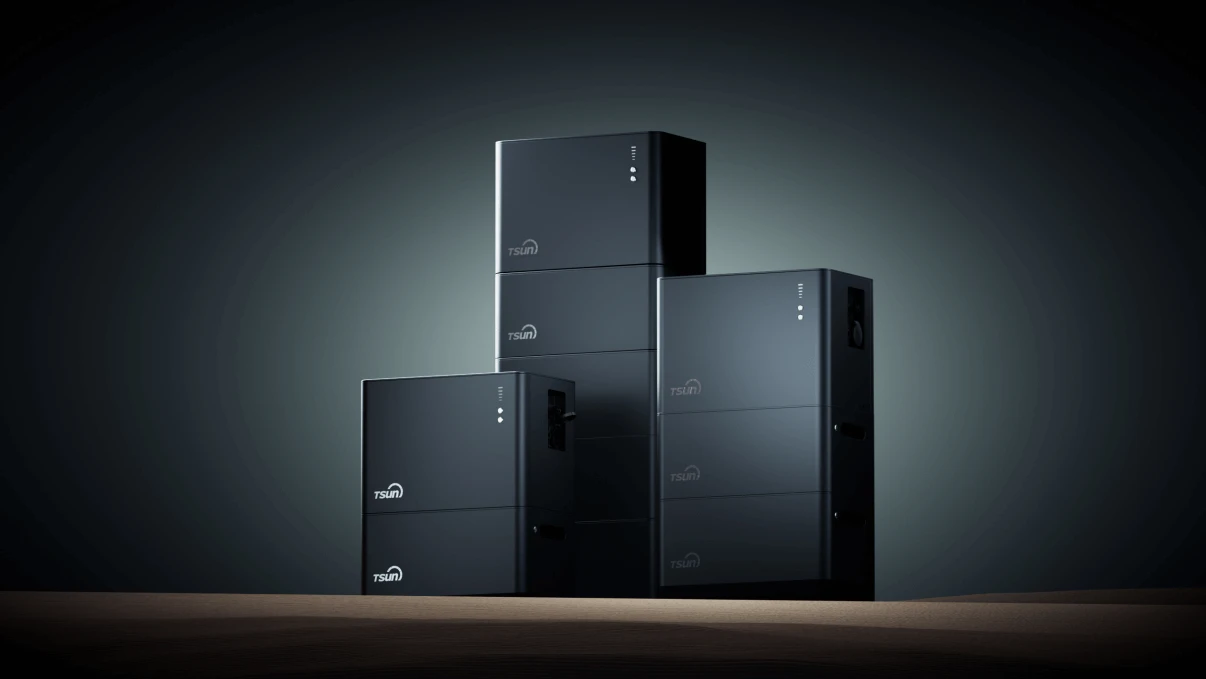
(home electric battery storage)
FAQS on home electric battery storage
Q: What is home electric battery storage?
A: Home electric battery storage refers to systems that store electricity for residential use. These batteries allow homeowners to save energy for later use, especially during power outages. They can also help reduce electricity bills by storing power during off-peak hours.
Q: How does home solar system battery storage work?
A: Home solar system battery storage works by storing excess energy generated by solar panels. This stored energy can be used at night or on cloudy days. It ensures a continuous power supply and maximizes solar investment.
Q: What are the benefits of using home electric battery storage?
A: Key benefits include backup power during outages, lower energy costs, and greater energy independence. Battery storage allows you to use stored electricity when grid rates are high. It’s also environmentally friendly when paired with solar panels.
Q: How much do home storage batteries cost?
A: Home storage battery prices typically range from $5,000 to $15,000, depending on capacity and brand. Installation and additional equipment may add to the overall cost. It's best to get quotes based on your specific energy needs.
Q: Is home electric battery storage worth the investment?
A: Yes, for many homeowners, especially those with solar panels or frequent outages, it can provide energy savings and reliability. The value depends on your usage, local incentives, and electricity rates. Over time, battery storage can pay for itself through lower energy bills.
 LEARN DETAILS
LEARN DETAILS



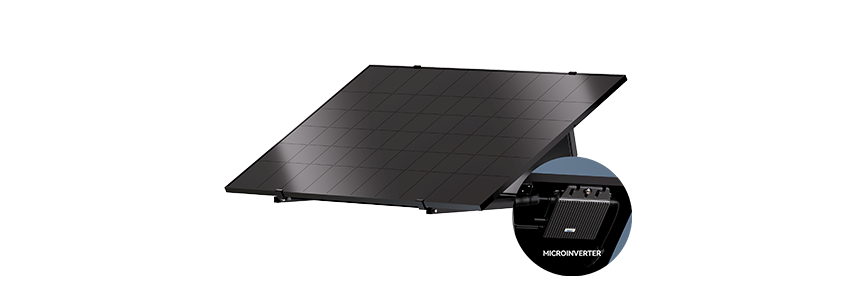

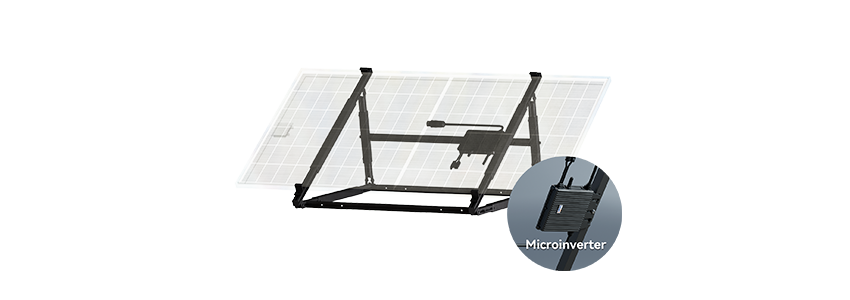
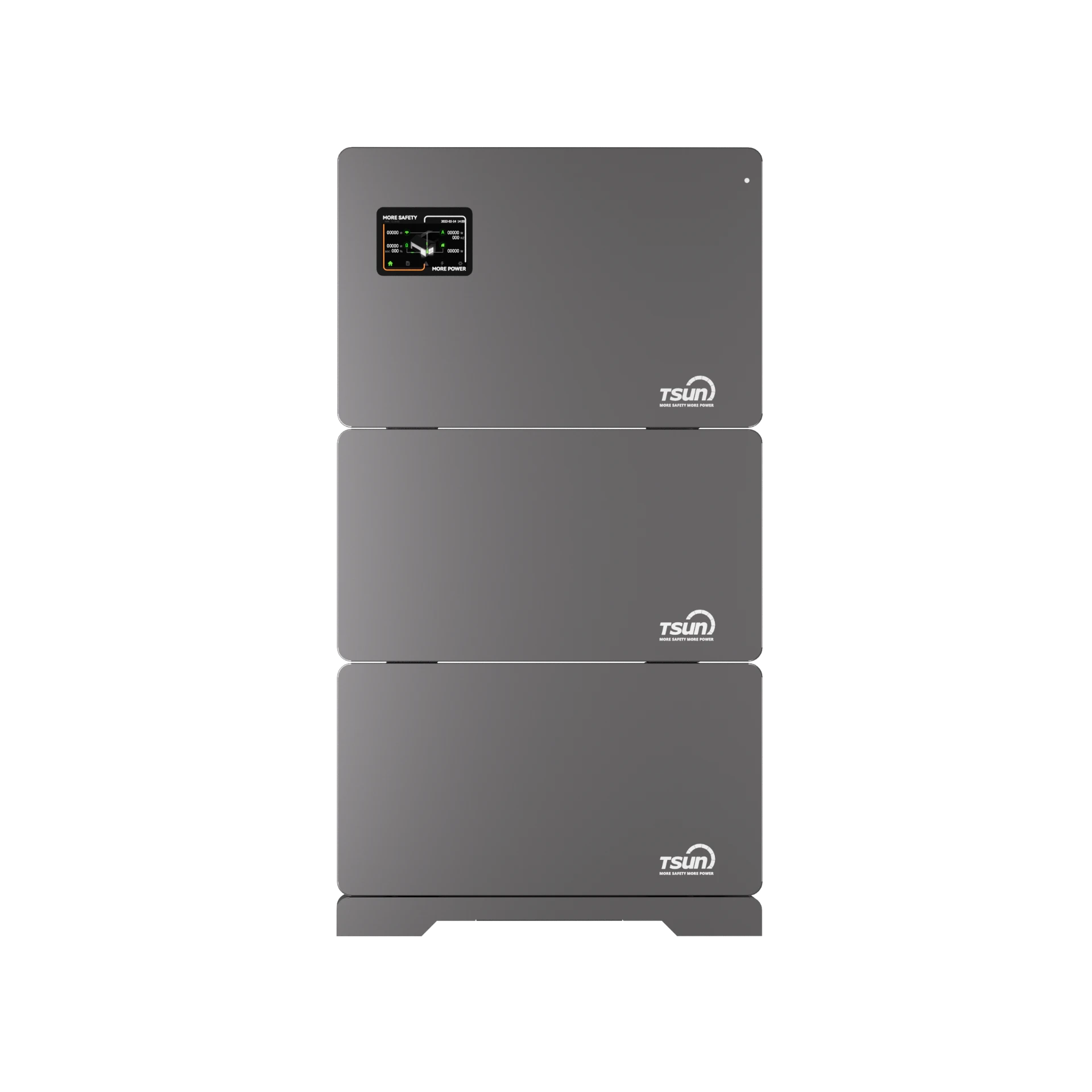




 LEARN DETAILS
LEARN DETAILS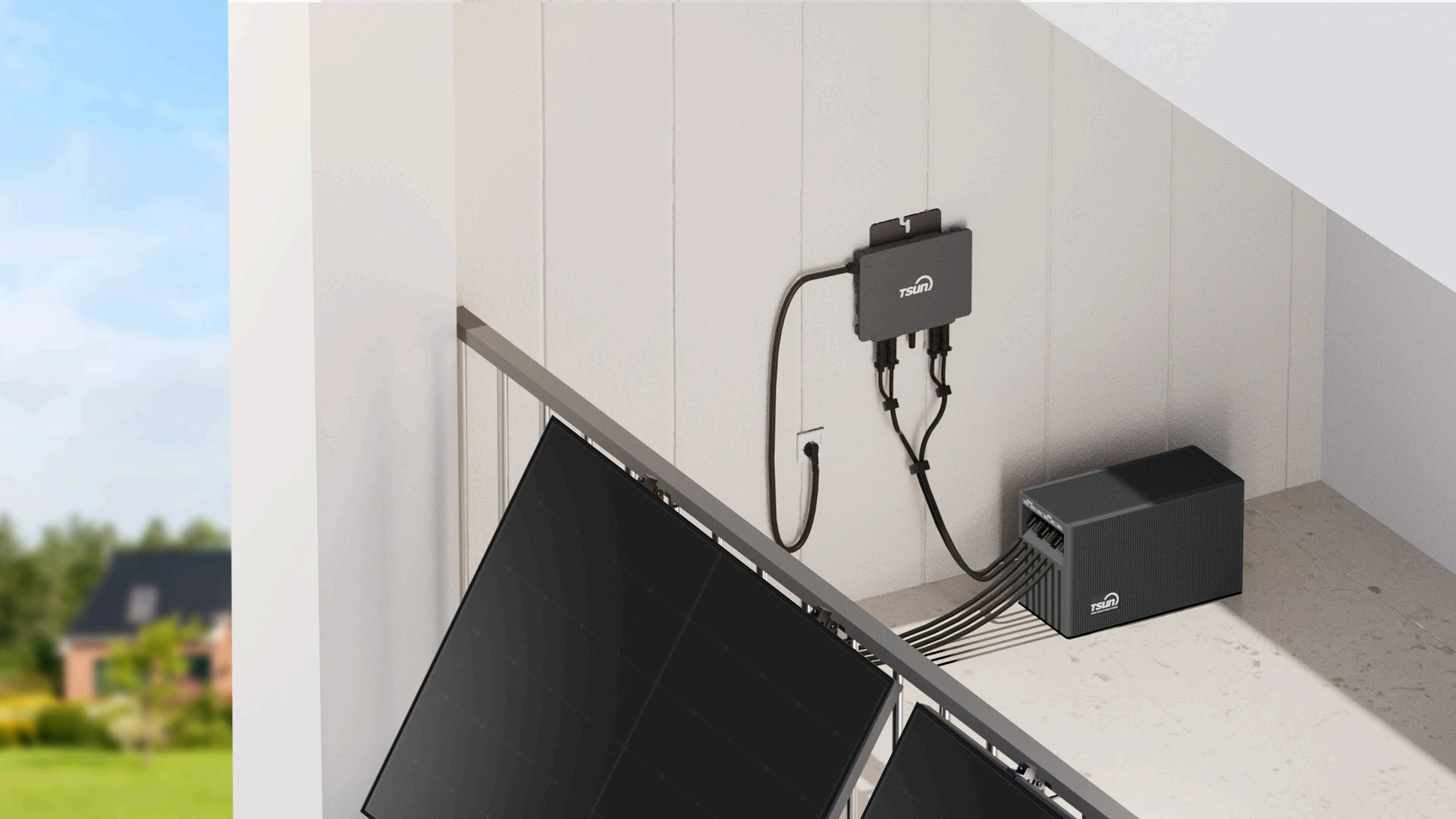
 LEARN DETAILS
LEARN DETAILS
 LEARN DETAILS
LEARN DETAILS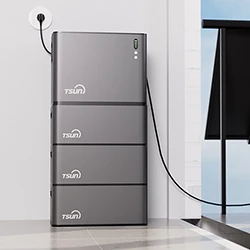
 LEARN DETAILS
LEARN DETAILS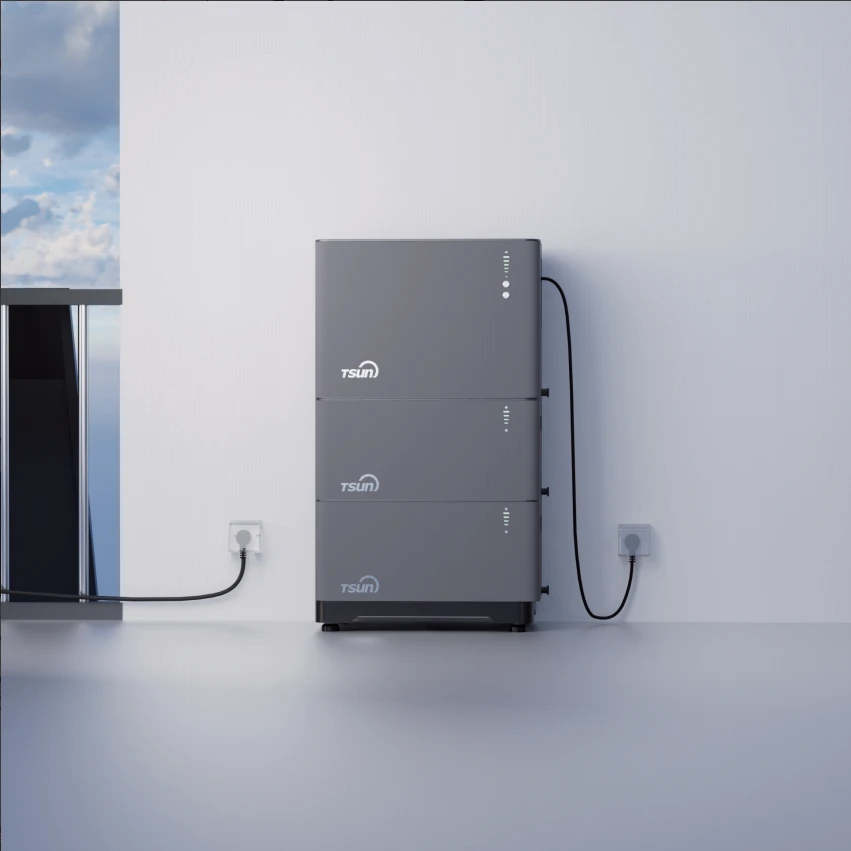
 LEARN DETAILS
LEARN DETAILS

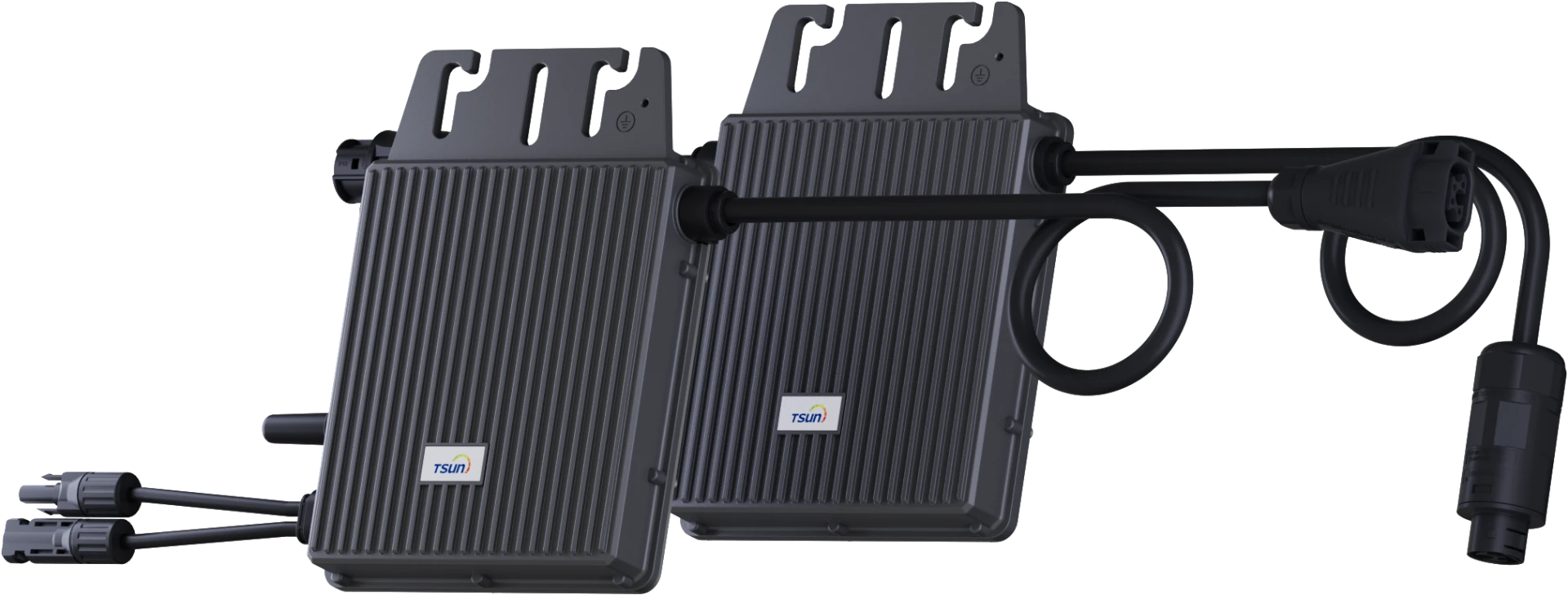

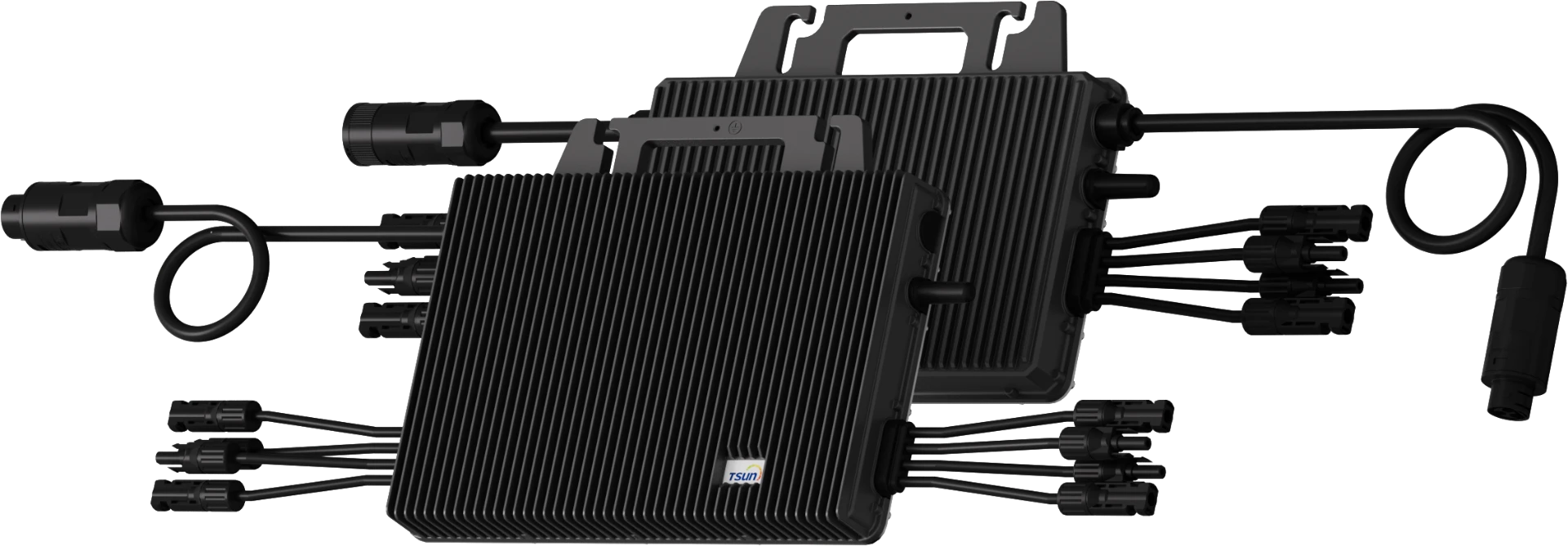
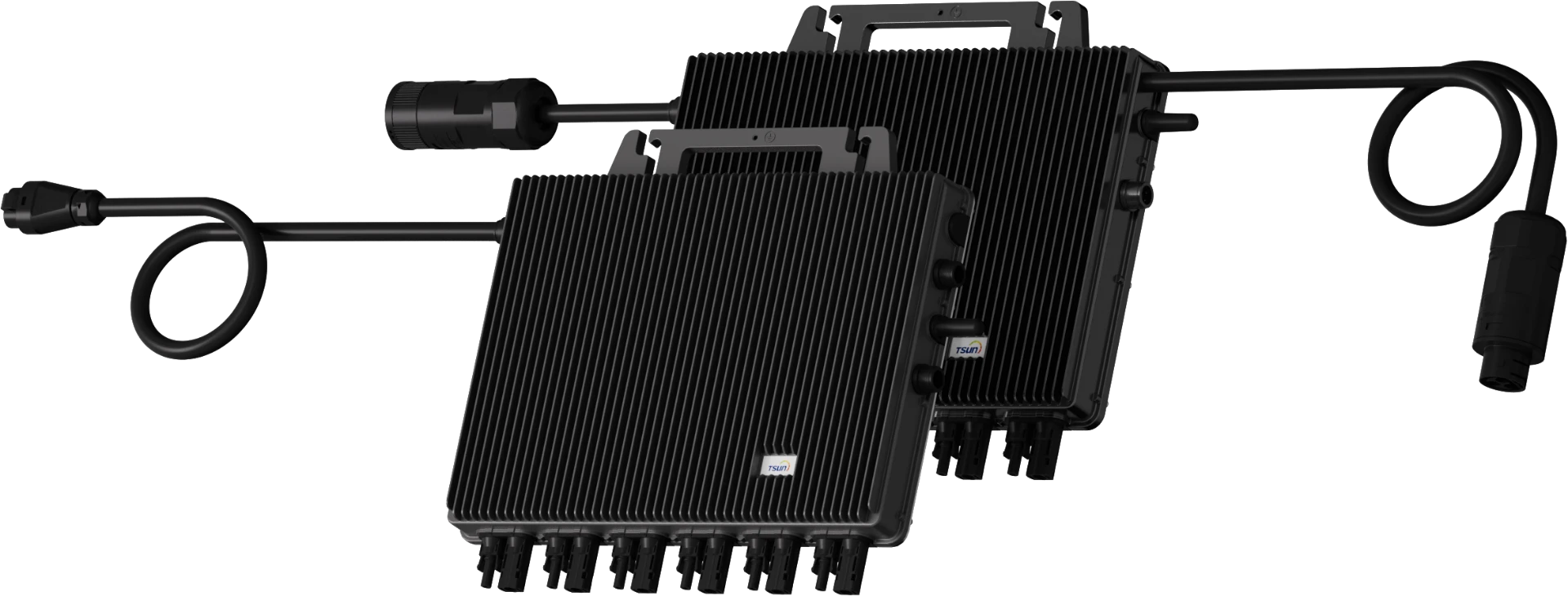
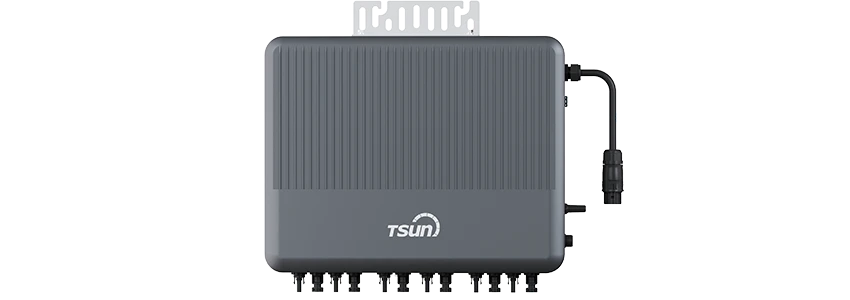
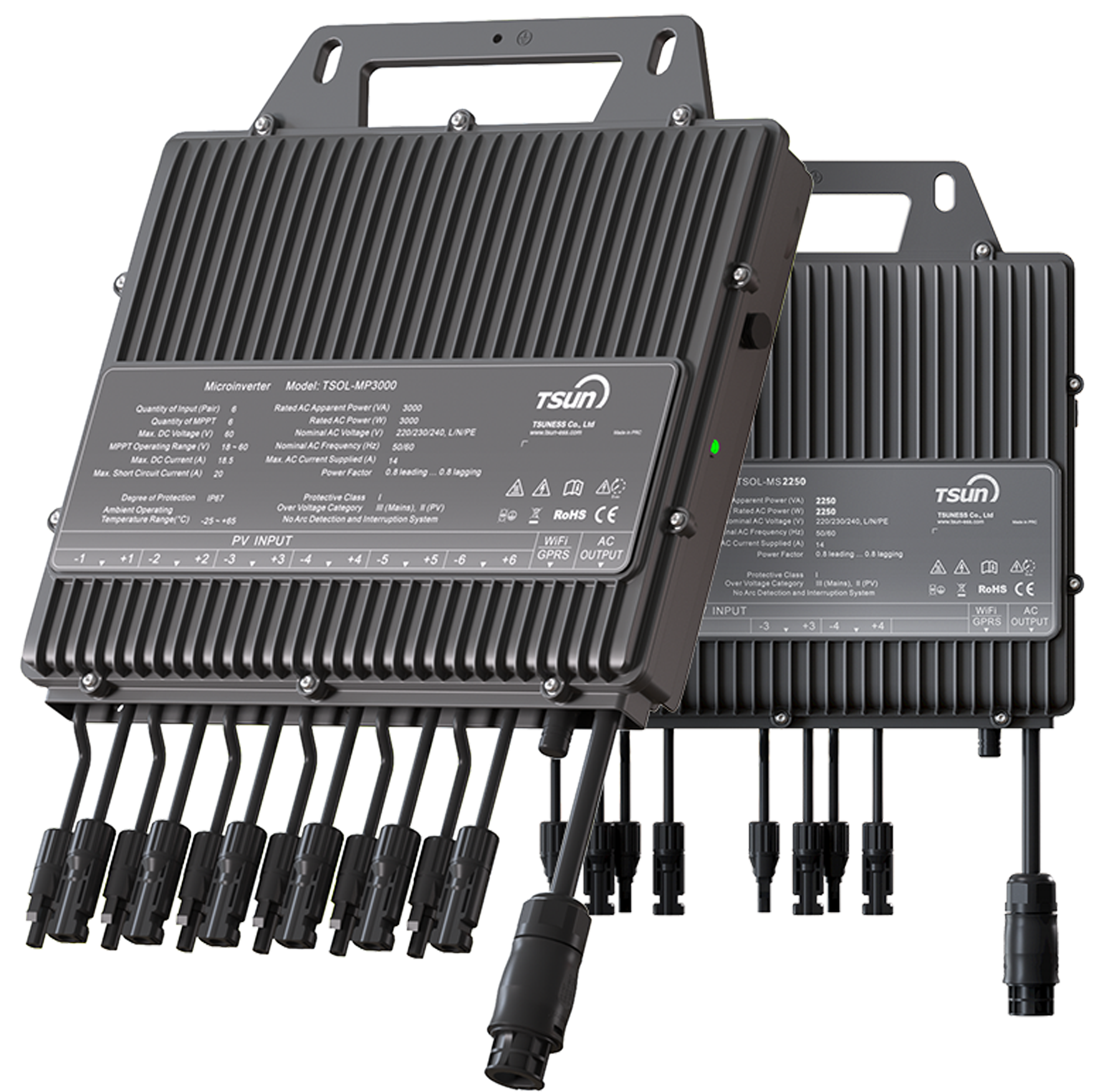

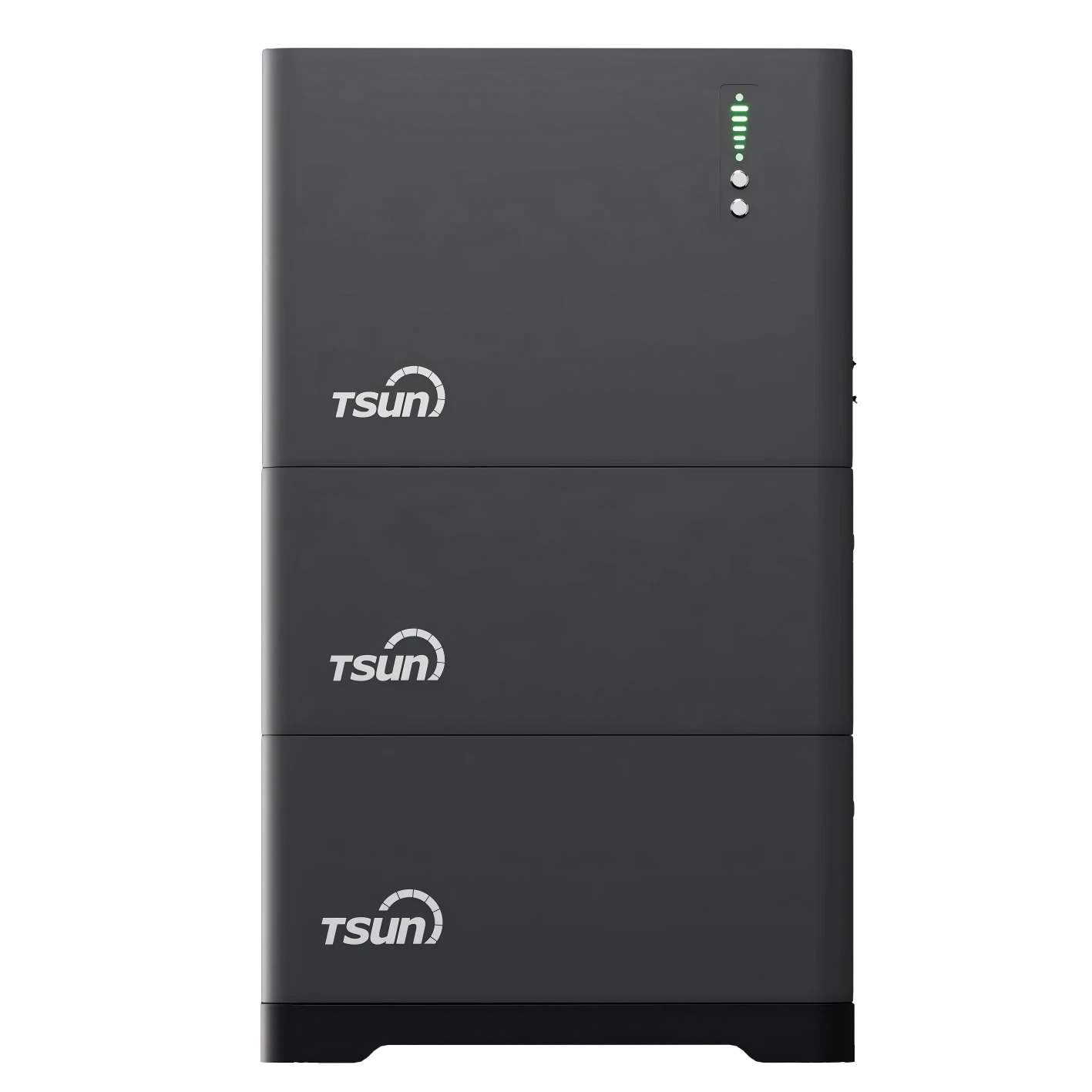




 Downloads
Downloads Video Center
Video Center Report Fault for Repair
Report Fault for Repair FAQS
FAQS Service Network
Service Network Privacy Policy
Privacy Policy Contact us
Contact us Monitoring
Monitoring




 LEARN MORE
LEARN MORE








